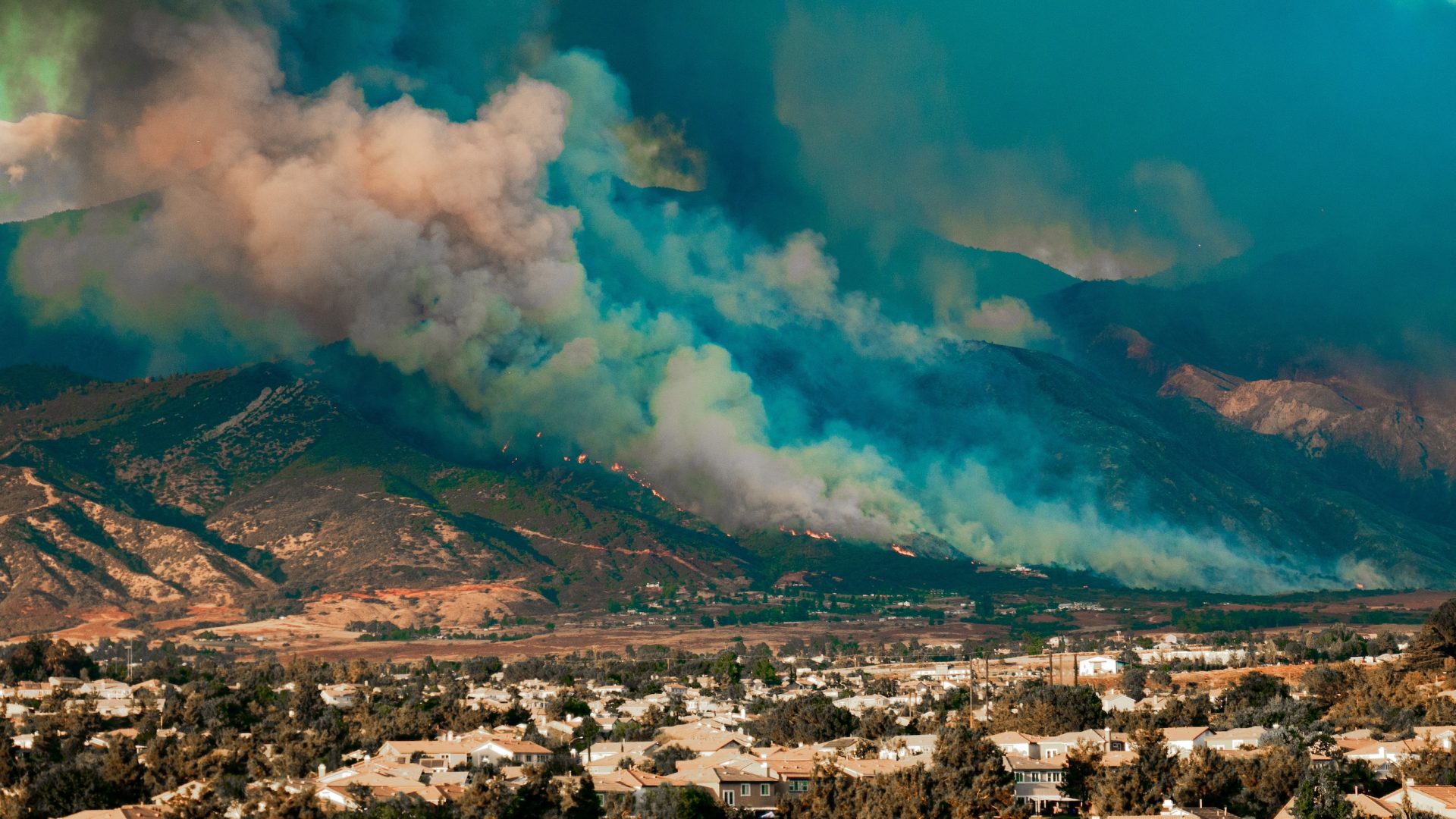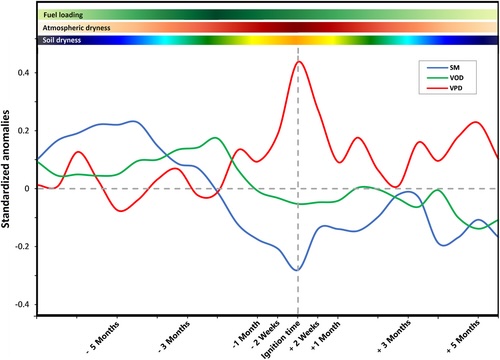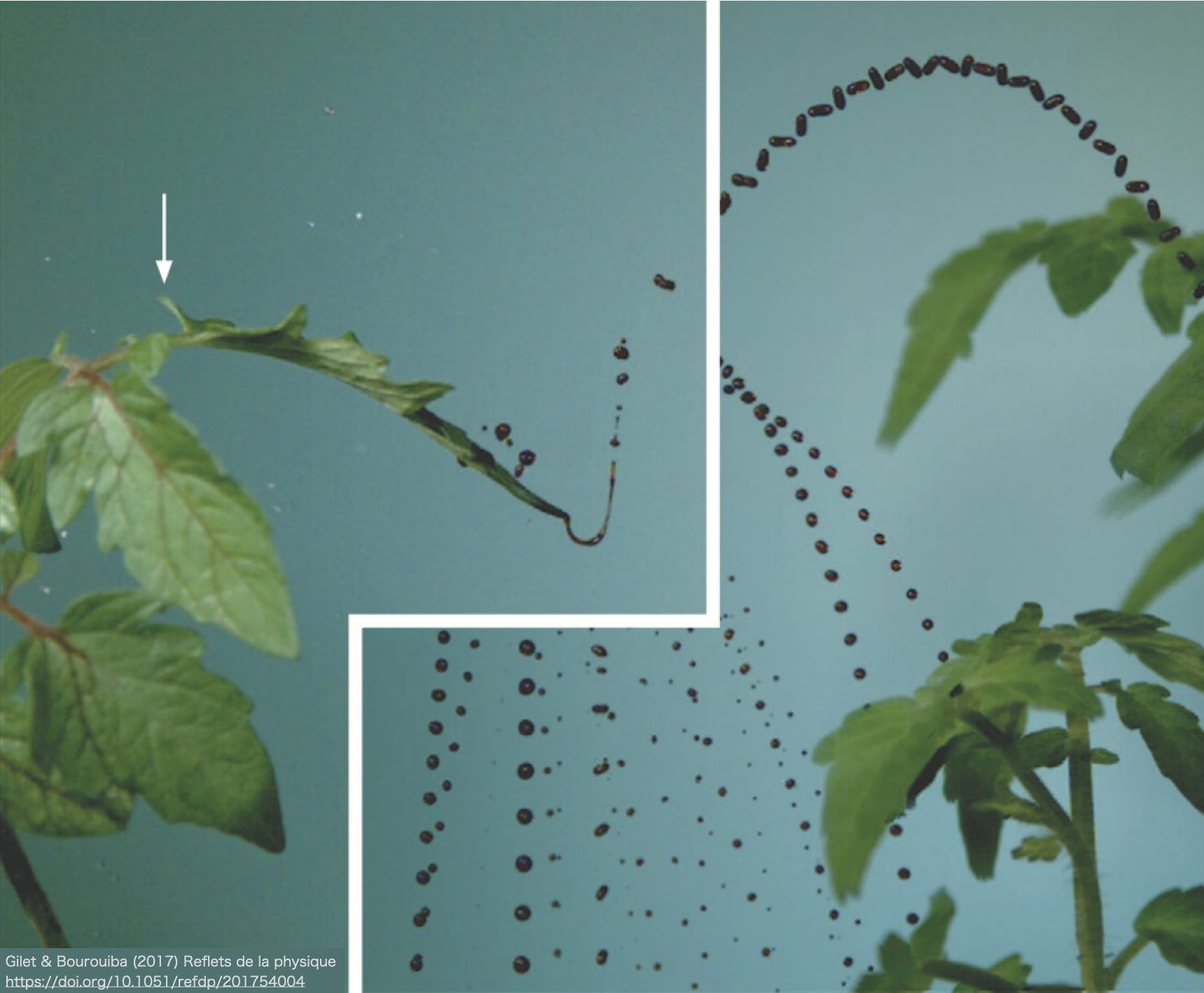Fueling the Flames: How Environmental Dynamics Drive Los Angeles Fires

Southern California has recently faced a series of devastating wildfires, such as the Palisades and Eaton fires, which have left a trail of destruction and highlighted the region’s increasing vulnerability to natural hazards. These events serve as a stark reminder of the intricate interplay between climate, weather patterns, and land conditions, all of which shape wildfire behavior. In an era of escalating climate change, these fires underscore the urgent need to understand and address the complex environmental dynamics fueling such disasters.
Record Dryness and the “Hydroclimate Whiplash”
One of the most significant factors contributing to the fires was the extraordinary dryness of the landscape. This year Southern California experienced “hydroclimate whiplash”, a rapid and extreme transition from a very wet winter to record dry conditions. This dramatic shift created a landscape with vegetation that was exceptionally dry, turning it into highly flammable fuel. The issue was not just a long-term drought; it was fuel loading and a sudden shift in the months leading up to the fires, making the landscape unusually vulnerable. Such a “hydroclimate whiplash” has been seen in the past fifteen years, with some parts of California experiencing both their wettest and driest Januarys twice.
In a recent study, we demonstrated how wildfire events like those in Western US are shaped by distinct land and atmospheric dynamics, including the critical role of pre wet season, vegetation growth, and atmospheric dryness. Our study empirically grounds the hydroclimate whiplash concept by detailing how wet-dry transitions drive wildfire risks and provides a specific case study of this phenomenon. We identify a sequence where wetter-than-average soil moisture 4–5 months pre-fire promotes biomass growth (fuel accumulation), followed by soil drying and atmospheric aridity (high VPD) that desiccates the accumulated fuel, priming it for ignition and large, fast-moving wildfires. We emphasize the importance of understanding these conditions to better predict and manage such fire risks.
Fueling the Fire: Soil Moisture and Biomass Accumulation
One of the critical factors contributing to the intensity of these fires is the temporal sequence of soil moisture anomalies. Antecedent wet conditions play a critical role in regulating wildfire activity by increasing fuel availability, which is particularly significant in fuel-limited ecosystems such as those commonly found in the western United States. For instance, periods of unusually wet conditions, like those observed in Southern California in the prior year, resulted in increased biomass, providing an abundant and ready fuel source. Our research also shows that atmospheric dryness measures as vapour pressure deficit (VPD) anomalies are a key indicator of increased fire risk, with positive anomalies occurring 2-3 months before large wildfires. The combination of low soil moisture, dehydrated vegetation, and high VPD creates a positive feedback loop, further exacerbating fire risk. Decreasing fire season precipitation increases western US forest wildfire activity and plays a crucial role in driving increased wildfire activity.

Extreme Wind and Rising Risk
In addition to the land-atmosphere interactions, other factors such as the Santa Ana “extreme wind” conditions, contribute to the rise of such extreme fire events. Santa Ana winds are strong, dry, offshore winds that occur during the fall and winter. These winds can reach very high speeds, and the air itself has very low humidity, creating a situation where fires can spread rapidly. The fires moved both uphill, driven by heat, and downhill, propelled by the wind, creating a complex and dynamic spread pattern. With wind gusts reaching 70-90 mph, these became essentially uncontrollable, making it nearly impossible for firefighters to get ahead of them. Embers were carried far ahead of the main fire front, igniting spot fires and spreading the destruction through urban areas, making it not a wildfire anymore, but a suburban or urban fire. This resulted in the destruction of thousands of structures in a rapid and chaotic manner4.
As global temperatures continue to rise, warmer and drier conditions are reducing soil and fuel moisture levels. In Southern California, this trend is particularly evident, with longer fire seasons and a growing overlap between dry vegetation and the offshore wind season. These converging factors are significantly increasing the likelihood of extreme wildfire events.
The Wildland-Urban Interface
The fuel load for these fires was not confined to wildland areas. The fires rapidly spread into the “wildland-urban interface”, where homes, landscaping, and even structures themselves became fuel. The spread of fire in these areas is no longer just a matter of brush and trees. Cultivated vegetation, trees, bushes, and even wooden fences became fuel. This resulted in the fires transitioning into a complex blend of both wildland and urban conflagrations. The combination of these fuel types lead to intense ember storms which created spot fires far from the main fire perimeter.
Rebuilding for Resilience: A Path Forward in a Changing Climate
The devastating wildfires in Los Angeles serve as a critical lesson on the need to adapt to a changing climate and embrace a more proactive approach to fire management. The sheer scale and intensity of these fires have exposed the vulnerability of communities nestled within the wildland-urban interface, underscoring the need for a paradigm shift in how we approach building and land management. The wildfires in Southern California also underscore the limitations of traditional fire management strategies. As was observed, even with prepositioned resources, it was not possible to control the spread of the fire because of extreme wind conditions.
These fires are not just natural disasters—they are signals of a shifting environment that demands our attention and action. The path forward lies in integrating science, policy, and public awareness to build a more fire-resilient future for Southern California and beyond.
Share on Bluesky


